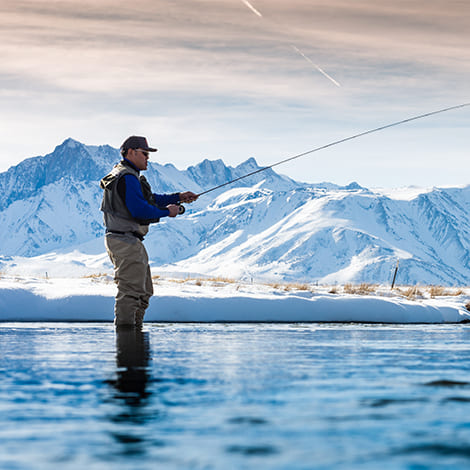The Evolution of Stand-Up Paddleboarding (SUP)
This historical journey highlights how stand-up paddleboarding has grown from a practical tool to a globally celebrated sport, evolving alongside technological advancements and cultural trends.

Origins of Paddleboardi1ng
Stand-up paddleboarding (SUP) traces its roots back thousands of years. Ancient civilizations, such as the Polynesians, utilized early forms of paddleboards to navigate oceans, fish, and travel between islands. These boards, often carved from trees, were the precursors to today’s sophisticated SUP designs.
Modern Beginnings in Hawaii
The modern version of SUP began to take shape in Hawaii during the 20th century. Surf instructors like Duke Kahanamoku and his peers stood on their surfboards with paddles to better observe and photograph surfers. This practice, known as “Beach Boy Surfing,” laid the groundwork for SUP’s evolution as a distinct water sport.
SUP Gains Popularity in the 2000s
SUP saw a global resurgence in the early 2000s, driven by innovations in board materials and designs. Lightweight, durable boards made from materials like fiberglass and epoxy made the sport more accessible to enthusiasts of all skill levels. Notably, pioneers such as Laird Hamilton showcased SUP’s versatility, from casual paddling to wave riding and racing.
Diverse Applications of SUP
As SUP evolved, it expanded into a variety of disciplines. Recreational paddling on lakes and rivers gained popularity among outdoor enthusiasts, while fitness and yoga practitioners embraced SUP for its balance and core-strengthening benefits. Competitive SUP racing and SUP surfing have also emerged as professional sports.
Technological Advancements and Sustainability
Recent advancements in SUP technology have focused on creating inflatable boards, which are portable and user-friendly. Simultaneously, eco-conscious manufacturers are developing sustainable boards using recycled materials, reflecting the industry’s growing emphasis on environmental preservation.
SUP’s Global Reach Today
Today, SUP is enjoyed worldwide, transcending its Hawaiian roots. From serene paddles on alpine lakes to adrenaline-fueled wave surfing, SUP continues to attract a diverse community of enthusiasts, blending tradition and innovation in a sport that connects people with water and nature.





